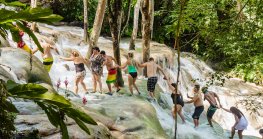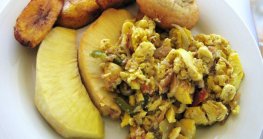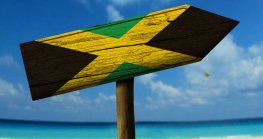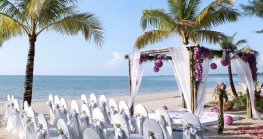Hit the road: driving in Jamaica

No matter how comfortable a huge tour bus can be or how wonderfully friendly a taxi driver is, there is still a unique thrill that comes with taking the wheel yourself when exploring a new travel destination.
The roads of Jamaica are particularly appealing to the driving road warrior because, whether you choose to hit the highway or explore the roads less traveled across the island, beautiful scenery awaits you at every turn.
Whatever driving experience you desire, hop in the front or in the driver's seat, and have a truly remarkable driving experience in Jamaica.
Road routes in Jamaica
Rougher roads can be found in the mountains and along the southeastern coast in small towns like Alligator Pond (a great stopover for a unique foodie experience on your way to the paradise that is Treasure Beach in St. Elizabeth).
Sleek highways, wide roads, and beautifully paved stretches of road will call to you across the island and along the length of the north coast.
You will drive along country roads with green pasture stretching to either side as far as the eye can see, you will enjoy sweeping views of valleys as you ride the highway from north to south, and then catch your breath as you crest the mountain and spot the stunning blue Caribbean sea spread out before you on the other side.
Winding coastal roads will allow you to drive with mountains climbing high to one side of you with the sea directly on your other side, while country roads deep in the heart of the island surround you with green including the famous natural tunnel of Holland Bamboo Avenue and the arching trees by Tryall.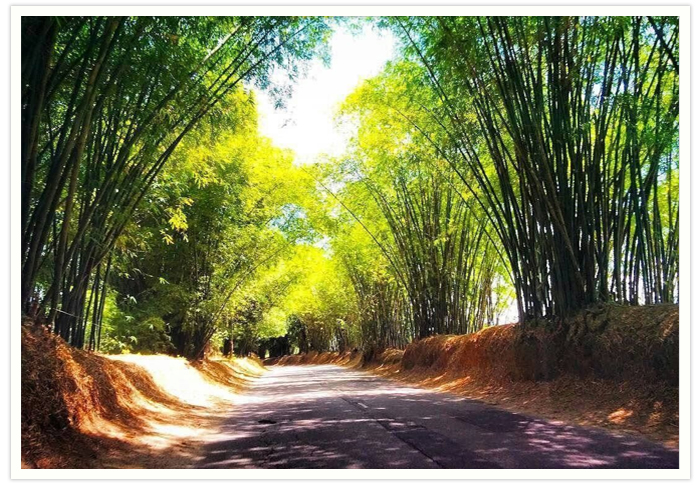
Get to know Jamaica by car
All you need to do is decide to hit the road bbut, as we all know, a little research beforehand is always a good idea so here are a few things to think about when you decide that get to know Jamaica from your car is the best way to travel.
The first thing you should know about driving in Jamaica is that people here drive on the left.
A US, Canadian, European, or British license can be used for up to six months in Jamaica.
For other countries, please check with your travel agent for permission to drive locally such as getting an international license (usually valid for a year).
Driving in Kingston, Montego Bay or other highly populated areas may pose a risk if you and your passengers get lost in the city, and although a GPS device or app on your phone may be able to help you navigate the island, there are certain areas that you will want to avoid, as, like anywhere in the world, some routes are safer than others.
Make sure to check up on local info depending on where you’re going.
The rule of thumb is that, like most places in the world, the main routes to and from any destination are usually the best-lit and easiest to navigate as well as being the most secure when using public transit or walking.
The same logic applies to driving.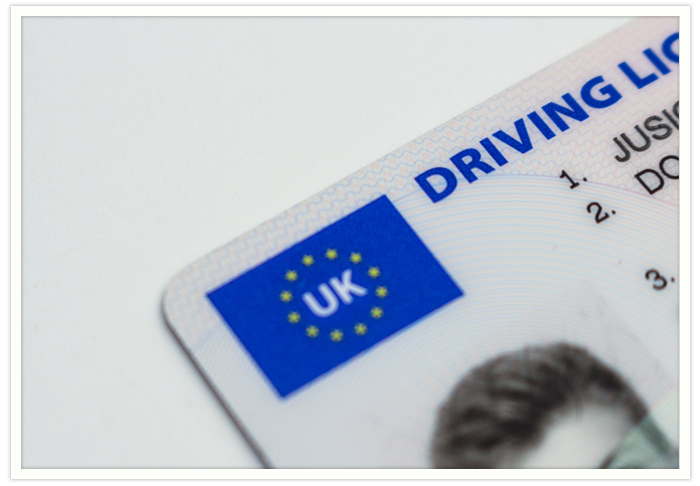
Obey Jamaica's road rules
Jamaicans are known for having some pretty impressive driving skills and will drive fast and overtake, especially taxi drivers spotting a fare across the road!
However, not to worry, the rules are fairly universal but it’s always a good idea to get your hands on a driver’s manual from any country to know of any particular quirks such as if you can turn left on a red as people in Jamaica drive on the left.
(Please note, red means stop in Jamaica with green and amber arrows indicating if someone in the turning lane can go)

Safety precautions for all road users
Whether you’re in a vehicle or traversing as a pedestrian, ride defensively and take great precautions on the streets.
Seatbelts must be worn by riders and passengers at all times, and helmets must be worn by motorcyclists, as these are driving laws in Jamaica.
Other notable laws are that almost any community automatically means you need to slow to a minimum of 50 kilometers per hour, some as low as 30 kilometers, and any point along even a main street with buildings on only either side and nowhere else will count as a community and can pop up on you suddenly after cruising through varying crops for a while on either side of a main thoroughfare.
The police are quite vigilant and speed traps are very common, especially on an inviting stretch of country roads and the main highway.
The speed limits are marked by street signs as well as being painted on the roads themselves and are usually marked in kilometers.
Some areas, such as Runaway Bay on the north coast, are very strict about speeding and you will see two-way traffic practically crawling along this stretch of road.
Although Jamaicans have the ease of paying online from their own homes, through their tax registration numbers, if you get ticketed you will have to pop into one Paymaster or another similar center to pay your fine.

Driving in rural Jamaica
Country roads are fairly narrow and the roads can get quite dark after the sun sets, so be aware of your lack of familiarity with the roads and the fact that large trucks often travel in the same lanes as cars and many vehicles may stop suddenly or simply be parked along the side of the roads.
Some smaller country roads may also be prone to flooding or damage from landslides after inclement weather so it’s always a good idea wherever you travel in the world to check your route with apps like Google Maps and Waze to make sure you have the latest up to date information on your route.
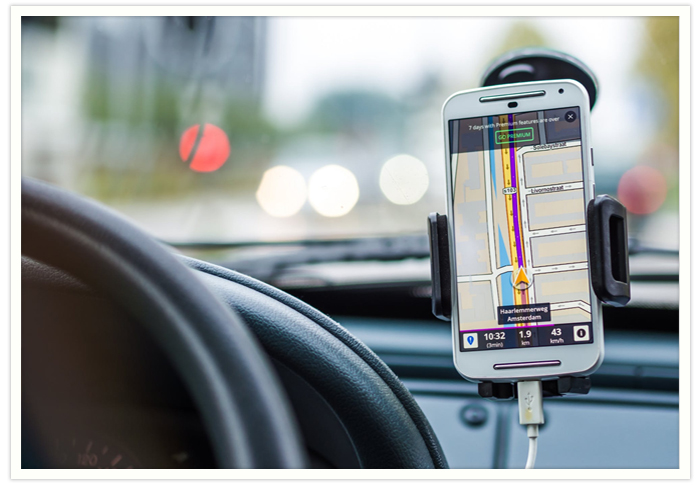
Plan your road trip in advance
If you’re picking up a rental car at the airport or elsewhere, make sure to make your booking in advance and know the procedure and your options should your car not be ready, especially if arriving very late at night, and of course what the procedure is to return the vehicle so you make sure to leave ample time for you to catch your flight back or board your cruise ship.
Luckily, the trip from Kingston to Ocho Rios for example is now a fairly quick one along with other new highways in place, this means it’s a pretty easy way to see another side of the island, and get back in just a day.
Be aware, however, that the tolls are cash only and only use local currency, so make sure to stash some cash for your day out.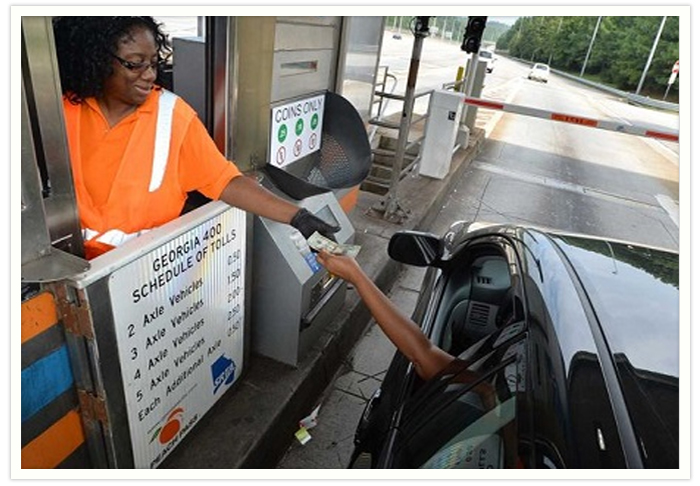
Driving in the city
Once in the main towns and cities, keep an eye out for pedestrians who may dash across the road, whether there is a crossing in sight or not.
Also, be aware of everything from a vendor pushing a peanut cart or a man on his donkey cart, to aggressive taxi drivers letting someone off or picking someone up.
One-ways and roundabout systems abound in Jamaica as well, and downtown Kingston and central Montego Bay are known for one-way roads to help traffic flow.
Be vigilant of no parking zones as towing is the more common response rather than a ticket or clamping.
Jamaicans are also gregarious and in some ways that can be helpful or not.
You may have people trying to sell you things at intersections or clean your windshields, if you don’t care to buy or have the service, simply be polite and firmly say ‘no thank you, not today’, as they are simply trying to make a living.
If someone is persistent, follow it up by saying: "I’m sorry I don’t have any cash on me."
That usually brings the conversation to an end.
On the other hand, on country roads, this may be how you get a cold drink when you’re stuck in traffic, delicious fresh roasted peanuts, a new charger for your phone, or the dust wiped from your windscreen after going off-road for a bit.
Just have some cash ready (windscreen wipers don’t charge, pay what you can, just don’t be stingy) and don’t be afraid to negotiate if you want an extra mango to munch on!
In some rare cases, you may get someone pushing an item in your car to cover up the fact that they are trying to nab your phone off the seat beside you or some other easy-to-reach item like your handbag. Just be aware and you can always roll up your windows when approaching stop signs or traffic lights to minimize this possibility.
On the other hand, another great aspect of the interaction with Jamaicans in the streets is that people will usually help point out the way out of town (it can get confusing), the nearest gas station or patty shop with a friendly smile and a wave.
Jamaican street food
Another reason to have cash handy is that one of the best aspects of road-tripping is that it can give you a chance to stop off at craftspeople’s stalls along the way to grab a fantastic souvenir and also to be able to try the famous Jamaican street food from Boston Bay’s famous jerk pork to the cowfoot soup of Friendship Gap and fresh, peppered shrimps of Middle Quarters (be careful about touching anything or your eyes when eating these!).
There are few ATMs around to pull cash and no way to pay by card.
Rest stops also abound along the main roads with restrooms and food, but many are also linked to unique attractions like the Green Grotto Caves and rafting on the river, both fantastic ways to break up the drive and the whole reason to road trip in the first place is that you can stop and explore at your own pace.
So go ahead and embrace this unique Jamaica Experience, and hit the road with the wind in your hair and some Bob Marley pumping from the radio.
© 2019 Jamaica Experiences All Rights Reserved






